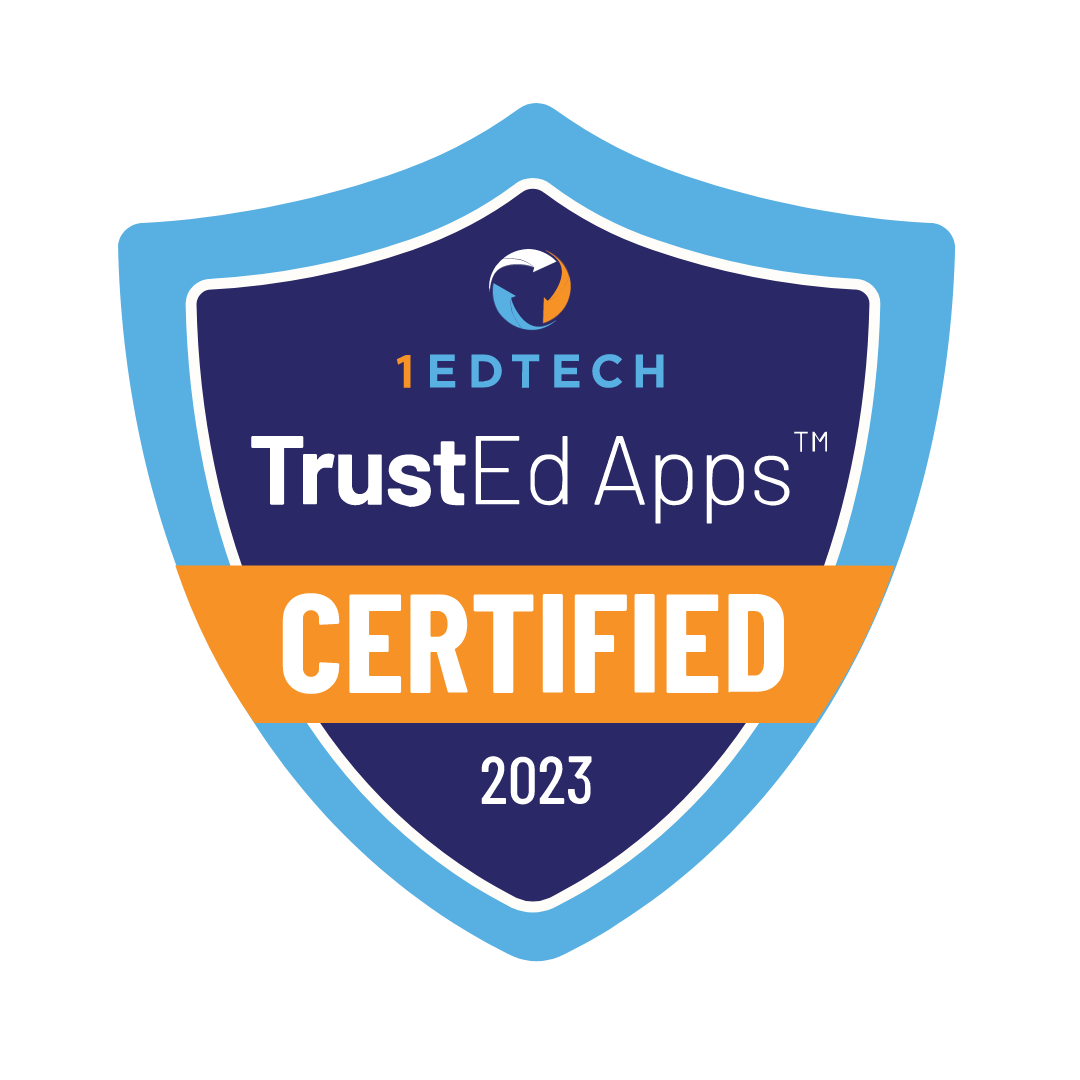The content of the publication
In the digital age, education has evolved beyond the traditional classroom setting. One question that many parents find themselves asking is, “Can I switch my child to virtual school?” The answer is yes, but there are several factors to consider. This article will guide you through understanding virtual schooling, the process of switching, adapting to the new system, and the role of parents in virtual schooling.
Understanding Virtual Schooling
What is Virtual Schooling?
Virtual or online schooling is a form of education where students learn primarily through digital resources and online instruction. It can be a viable alternative to traditional schooling, offering flexibility and personalized learning experiences.
The Pros and Cons of Virtual Schooling
Like any educational approach, virtual schooling has its advantages and disadvantages. Plus, it offers flexibility, allows for self-paced learning, and can fit students with unique learning needs well. On the downside, it requires high self-discipline, may lack social interaction, and not all families have equal access to the necessary technology.
The Process of Switching to Virtual School
Evaluating Your Child’s Needs
Before making the decision to transition to a virtual school, it’s imperative to take a comprehensive look at your child’s unique needs and preferences. This involves:
-
Understanding Their Learning Style: Every child learns differently. Some may be visual learners, while others might be auditory or kinesthetic learners. Recognizing how your child best absorbs information will help in choosing the right virtual program.
-
Assessing Independence: Virtual schooling often requires a degree of self-discipline and independence. Reflect on whether your child can manage their time effectively and stay on task without constant supervision.
-
Academic Considerations: Delve into your child’s academic history. Are there subjects they excel in? Or areas they struggle with? This information can guide you in selecting a program that offers the necessary support.
-
Social Needs: While virtual schools offer flexibility, they might not provide the same social interactions as traditional schools. Consider how important face-to-face interactions are for your child and look for programs that might offer group activities or meet-ups.
-
Routine and Structure: Some children thrive in a structured environment, while others flourish with more flexibility. Gauge how your child handles routines and if they need a more structured or relaxed approach to their studies.
Researching Virtual School Options
The world of virtual schooling is vast, and the options can be overwhelming. When researching:
-
Curriculum: Examine the curriculum of potential schools. Ensure it aligns with your child’s learning needs and your educational goals for them.
-
Teaching Styles: Virtual schools might employ various teaching methods, from live sessions to pre-recorded lectures or a mix of both. Determine which style would be most engaging for your child.
-
Support Services: Look into what support services the school offers, such as tutoring, counseling, or technical support. These can be invaluable resources during the virtual schooling journey.
-
Reviews and Testimonials: Hearing from other parents and students can provide insight into the school’s strengths and weaknesses.
The Switching Process
The actual process of switching can be administrative but is a necessary step:
-
Withdrawing from Current School: Begin by formally withdrawing your child from their current school. This might require meetings with school officials or filling out specific forms.
-
Enrolling in the Virtual School: Once you’ve chosen a virtual school, follow their enrollment process. This might involve submitting academic records, filling out registration forms, and possibly attending an orientation session.
-
Setting Up at Home: Ensure you have the necessary technology set up at home. This includes a reliable internet connection, a computer or tablet, and any required software or platforms the school uses. Additionally, create a conducive learning environment, free from distractions, where your child can focus on their studies.
Adapting to Virtual Schooling
Setting Up a Learning Environment
Creating an optimal learning environment is a foundational step in ensuring your child’s success in virtual schooling:
-
Choosing the Right Space: Ideally, this should be a quiet room or a dedicated corner in your home, away from the hustle and bustle of household activities. Natural lighting can be beneficial, but if that’s not possible, ensure the area is well-lit to reduce eye strain.
-
Organizing Supplies: Have all the necessary school supplies, such as notebooks, pens, and textbooks, within arm’s reach. This minimizes distractions and keeps your child from having to get up frequently.
-
Technology Setup: Ensure the computer or tablet is in good working condition, with all the necessary software installed. A stable internet connection is crucial. Consider investing in headphones with a microphone for better audio during live sessions.
-
Personalizing the Space: Let your child personalize their learning space with posters, artwork, or plants. This can make the area more inviting and conducive to learning.
Establishing a Routine
Consistency is key when it comes to virtual schooling:
-
Start and End Times: Set specific times for starting and ending the school day. This helps create a clear distinction between school time and personal time.
-
Scheduled Breaks: Just as in a traditional school, breaks are essential. Schedule short breaks for relaxation and a longer lunch break to recharge.
-
Task Lists: Consider using a planner or digital tools to list down daily tasks and assignments. This helps your child stay organized and ensures they don’t miss any important deadlines.
-
Dress Code: Even though they’re at home, dressing up as if they’re going to school can mentally prepare your child for a day of learning.
Staying Engaged and Motivated
Virtual schooling can sometimes feel isolating, but with the right strategies, you can keep your child’s enthusiasm alive:
-
Regular Check-ins: Set aside time to discuss what your child learned each day. This not only reinforces the material but also provides an opportunity for them to share any challenges they’re facing.
-
Interactive Lessons: Utilize online resources that offer interactive lessons, such as educational games or quizzes. These can make learning more enjoyable and engaging.
-
Rewards System: Implement a rewards system where your child earns points or tokens for completing assignments or participating actively. These can be redeemed for small treats or privileges.
-
Social Interaction: Encourage your child to participate in virtual group projects or discussions. This provides a sense of community and allows them to interact with their peers.
The Role of Parents in Virtual Schooling
Providing Support and Supervision
As a parent, you’ll play a crucial role in your child’s virtual schooling. This includes providing technical support, supervising their work, and helping them stay on track with assignments.
Encouraging Social Interaction
Virtual schooling can limit social interaction. Please encourage your child to participate in extracurricular activities, virtual clubs, or social events to maintain their social skills and friendships.
Conclusion
Switching your child to virtual school is a significant decision that requires careful consideration. While it offers many benefits, it also presents unique challenges. By understanding what virtual schooling entails and how to navigate the transition, you can make an informed decision that best supports your child’s educational needs.








